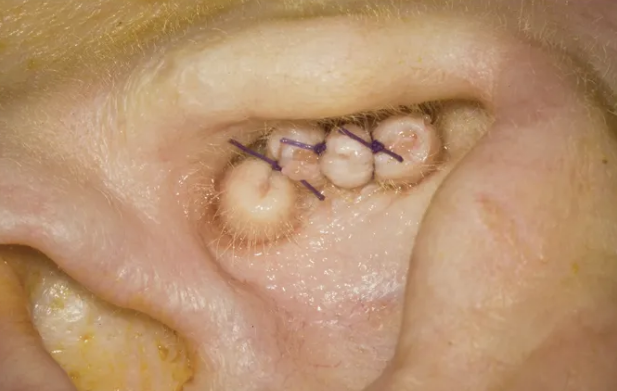Mastoid Obliteration in Dallas, Fort Worth, Frisco, TX
Mastoid obliteration is a procedure used to treat patients with troublesome mastoid cavities. Most patients who have had prior mastoidectomy do well without complications. But, in a small number of patients, issues with healing of the mastoid cavity, chronic drainage from their mastoid cavity, or recurrence of cholesteatoma within their mastoid cavity occur. For these patients, mastoid obliteration may be an option.
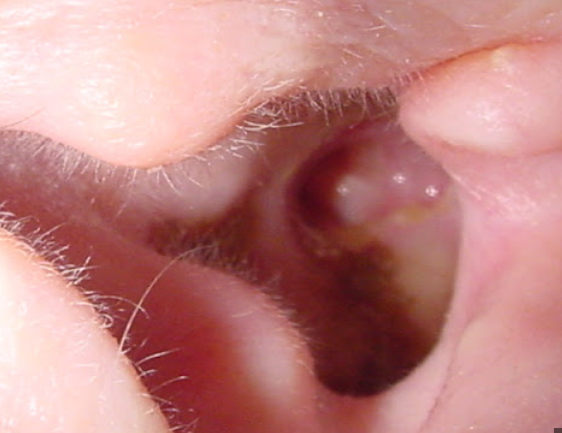
There are a variety of ways to obliterate mastoid cavities. While performing mastoidectomy, bone dust may be collected. When the surgery is completed, the bone dust can be combined with synthetic tissue sealant to form a paste. This paste is applied to the mastoid cavity, filling the dead space. The paste then dries and obliterates the cavity.
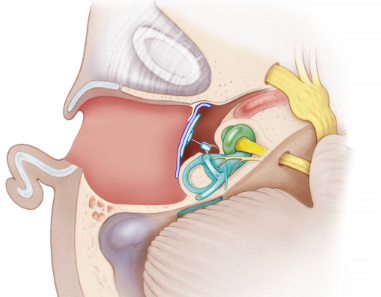
Similarly, after completion of mastoidectomy, muscle from the surrounding edges of the cavity may be freed up, rotated, and secured into the mastoid cavity to obliterate it.
These types of mastoid obliteration are generally used to treat chronically draining mastoid cavities. This type of obliteration is limited to the mastoid and provides the opportunity for hearing if the middle ear function supports it.
Another type of mastoid obliteration procedure involves placement of abdominal fat in the mastoid and middle ear with closure of the ear canal. This type of mastoid obliteration is often applied to skull base tumors and combined with closure of the eustachian tube.
Obliteration may be performed at the time of tumor resection in certain tumors, or it may be used to manage a complicated cerebrospinal fluid leak after skull base tumor resection. It may also be applied to advanced cholesteatomas that have destroyed the ear canal and middle ear. Since the middle ear is obliterated as well, hearing loss occurs. In some cases, a bone conduction implant may be an option to allow for hearing in the obliterated ear.
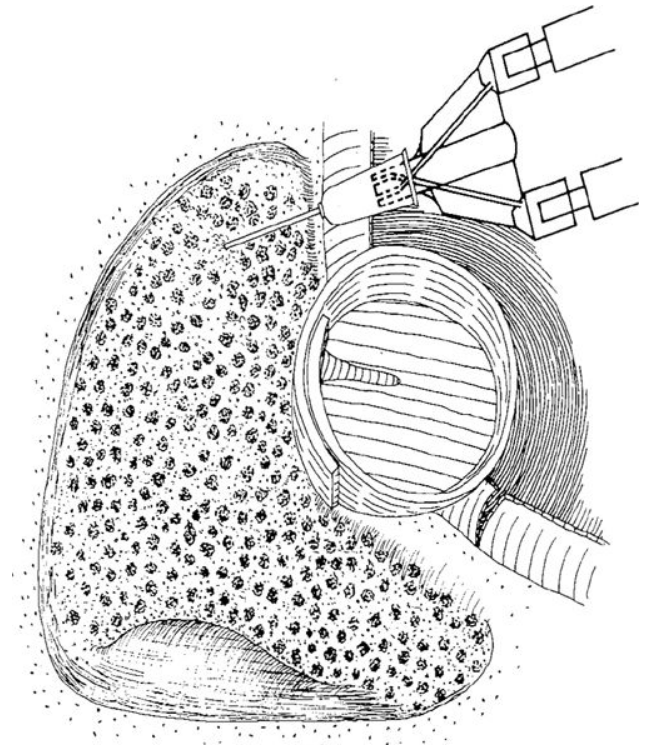
In abdominal fat obliteration, the surgeon creates a large mastoid cavity either for access to a complicated skull base tumor or for thorough removal of an extensive middle ear tumor. The eardrum, malleus, and incus are removed. The eustachian tube, or connection to the nasal cavity, is plugged with muscle tissue from the patient. Abdominal fat is harvested from an incision in the abdomen. The fat obliterates the middle ear and mastoid. The ear canal must be sewn closed to complete the obliteration process.
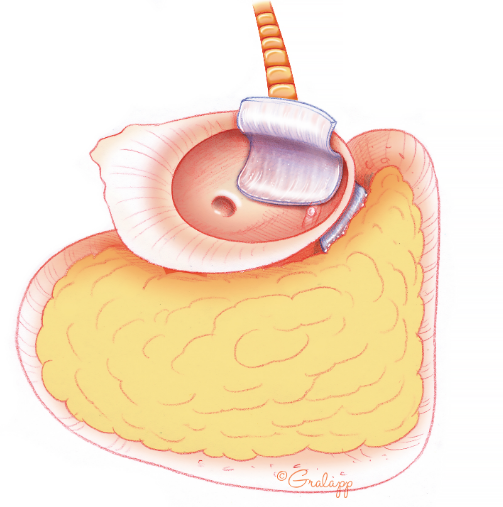
In summary, mastoid obliteration is used in cases of complicated mastoid cavities. These cases are infrequent and mastoidectomy is very safe in general. If the mastoid alone is obliterated in cases of chronic drainage, hearing preservation is possible. If the mastoid, middle ear, and eustachian tube are obliterated, then the ear canal is closed to complete the process and hearing is lost. A bone conduction implant may restore hearing in these cases.
